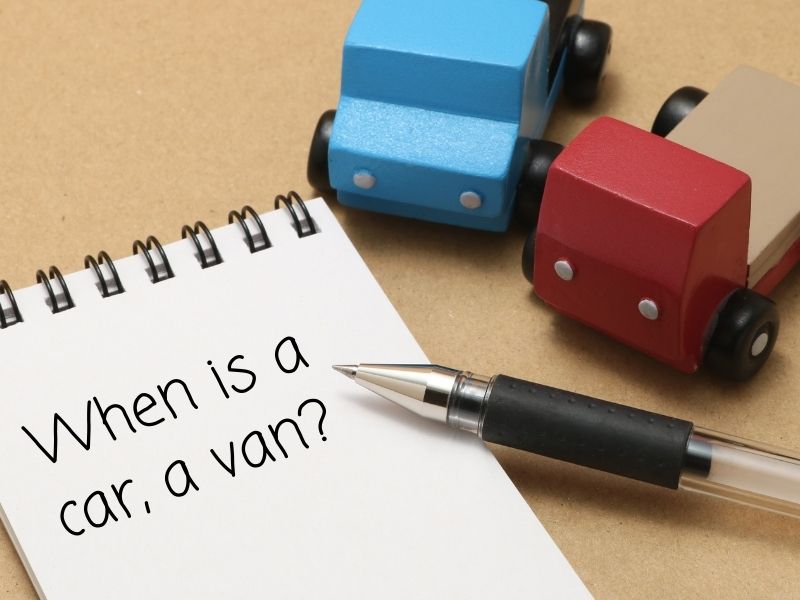One common question that crops up from clients is “When can a car be considered as a van?” We therefore thought the below article would be useful to many of you.
- The Court of Appeal has ruled that three types of modified crew-cab vehicles are cars rather than vans for employee-benefit purposes. This decision also has implications capital allowance claims.
- Employee benefits Coca-Cola provided its employees with three types of modified vehicle: two forms of VW Transporter T5 Kombi and a Vauxhall Vivaro, which they were permitted to use for private journeys. Each vehicle is based on a panel van design but with a second row of seats behind the driver, in a so called crew-cab arrangement.
- Coca-Cola argued that all the vehicles were vans, HMRC said they were all cars, with the former being more beneficial for tax purposes.
- The First Tier Tribunal determined that because the Kombis were multi-purpose, they couldn’t be considered vans and therefore fell by default into the category of car. However, it also held the Vivaro was a van on fairly narrow grounds essentially that the second row of seats didn’t span the width of the vehicle as they did in the Kombi. That extra load space in the middle of the vehicle therefore made it, just, a van. The Upper Tribunal agreed with the First Tier Tribunal.
- The Court of Appeal (CA) has now determined that all three are multi-purpose vehicles, equally capable of carrying both goods and people and that none of them are ‘van-like’ enough. For benefit-in-kind purposes, they need to be taxed as cars.
- The CA disagreed with the lower courts in how to interpret whether a vehicle was ‘primarily suited’ to carry goods or people. In the CA’s view primarily should be taken as meaning ‘first and foremost’ – so clearly more suitable for goods, not just more suitable on a fine margin. In the CA’s view, the difference between the two vehicles was not sufficient to differentiate them and, since both were multi-purpose and equally capable of carrying goods or people, neither was primarily suited to the carrying of goods. As a result, both vehicles failed to qualify as vans for benefit in kind purposes.
- The result from the CA is binding, so employers and must take the decision into account when preparing P11D computations for 2020/21 onwards.
- Employers should also review P11D returns submitted in relation to similar vehicles in 2018/19 and 2019/20 to consider whether the prevailing practice at the time meant that the vehicles should be reported as cars. Capital allowances For capital allowance purposes, vehicles classed as vans are treated as plant and machinery, which means a van purchase is eligible for the annual investment allowance (AIA). For cars the level of capital allowances depends on the vehicle’s CO2 emissions and, since cars are not eligible for the AIA, relief is given more slowly over much longer periods.
If you would like to discuss any of the points raised in this article, please don’t hesitate to get in touch with us.
Best Wishes
Richard and Ben

